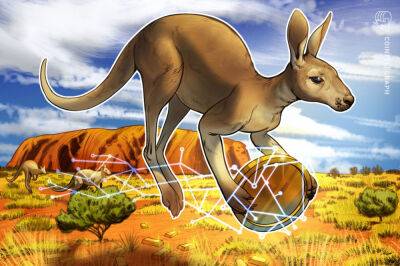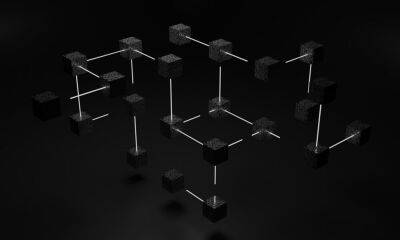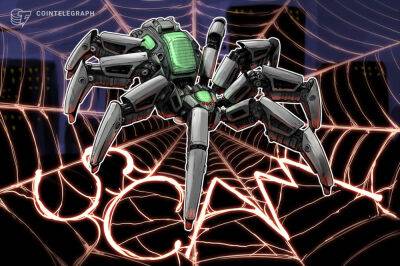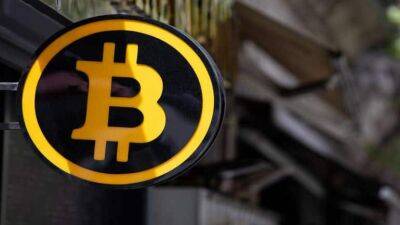Just How Sustainable Are Play-to-Earn Gaming Pyramids?
__________
The play-to-earn (P2E) GameFi sector was one of crypto’s biggest success stories in 2021, with Axie Infinity alone accounting for USD 3.5bn in NFT sales last year. This is in addition to the increasingly high market capitalizations of a growing number of play-to-earn tokens, with CoinMarketCap currently putting the sub-sector’s total value at USD 12bn.
However, questions have been raised as to the long-term viability and sustainability of play-to-earn, not least because Axie Infinity’s DAU (daily active user) count has declined from 2.7m in November 2021 to 1.14m at the end of April. Given that some play-to-earn models rely on a constantly churning intake of new players, skeptics may assume the wheels are slowly coming off, yet industry analysts affirm that some of the biggest titles are evolving their structures accordingly.
They also affirm that, while some argue that ‘play-to-earn’ is an oxymoron, the entertainment aspect of the best games is enough to keep players coming back for more, even when market conditions are tough.
At its most basic and abstract, play-to-earn is a simple enough concept to understand: you play a game and receive in-game items that can be sold for profit to other players or on trading platforms.
However, is play-to-earn really ‘profitable’ for its gamers, and where does the money/value that rewards players actually come from? Well, in many cases, it comes from newer players, suggesting that some games (at least) share an uncanny resemblance to pyramid schemes.
“Games like Axie Infinity typically tend to rely on their player base continuing to grow over time since existing players will generally look to sell their tokens when it becomes profitable to do so. There has to be someone to buy
Read more on cryptonews.com

























